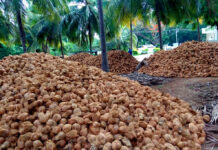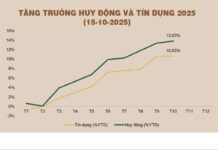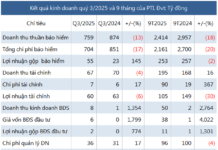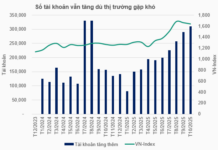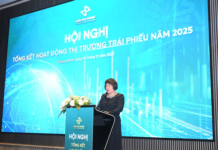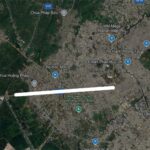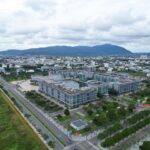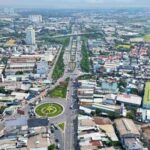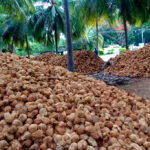According to reports, following the merger, the Eastern area of Ho Chi Minh City has seen significant investment in transportation infrastructure. Notably, the Di An and Thuan An (former) regions are benefiting from key infrastructure projects in Ho Chi Minh City and the Southeast region, including Hanoi Highway, Tan Van Intersection, Ring Road 3, Bien Hoa – Vung Tau Expressway, and Long Thanh Airport.
Most notably, the expansion of Hanoi Highway from Saigon Bridge to Tan Van Intersection, spanning 15.7 km with 12-16 lanes, is set to resume construction and be fully completed by 2027.
Additionally, Tan Van Intersection is under intensive construction, aiming for technical completion by late 2025 and full completion by 2026. As the most complex project on Ring Road 3, it will complete regional connectivity and catalyze new development in the area.
Specifically, the area around the intersection will be restructured into a multi-functional urban zone, integrating parks, public recreational spaces, shopping centers, services, and modern offices. Existing warehouses and logistics hubs will be transformed into green corridors and landscaped areas.
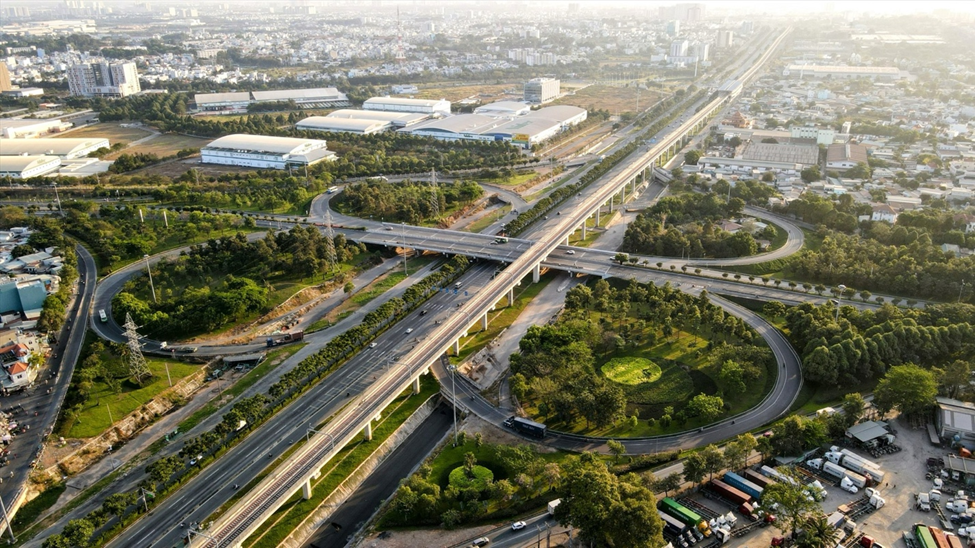
Hanoi Highway at Tram 2 Intersection
The completion of Hanoi Highway expansion, Tan Van Intersection, and other key infrastructure projects in the Eastern area of Ho Chi Minh City between 2025-2028 will have a profound regional impact.
First, it will reduce traffic congestion, cutting travel time from central Ho Chi Minh City to Di An and Bien Hoa (former) to just 15-20 minutes.
Second, the 12-16 lane capacity will ensure safer travel by separating cars and motorcycles.
Third, it will boost trade, logistics, and services, particularly from Tram 2 Intersection to Tan Van, creating a dynamic economic zone attracting businesses and international experts.
Finally, the improved connectivity from Hanoi Highway, Tan Van Intersection, and Ring Road 3 will not only transform the Eastern area but also stimulate real estate growth along and near these routes. Projects in “undervalued” areas adjacent to key infrastructure will reap significant benefits.
Notable residential projects in Dong Hoa Ward and Di An Ward, such as The Gio Riverside, TT Avio, Bcons City, and Phu Dong SkyOne, offer reasonable prices ranging from 35-50 million VND/m², 40-50% lower than Thu Duc (former Ho Chi Minh City). The Gio Riverside by An Gia, strategically located at the nexus of Hanoi Highway and Ring Road 3, will directly benefit from the infrastructure development. Expected to be handed over by late 2027, it aligns perfectly with the stable operation of these transportation projects, marking a significant price appreciation opportunity.
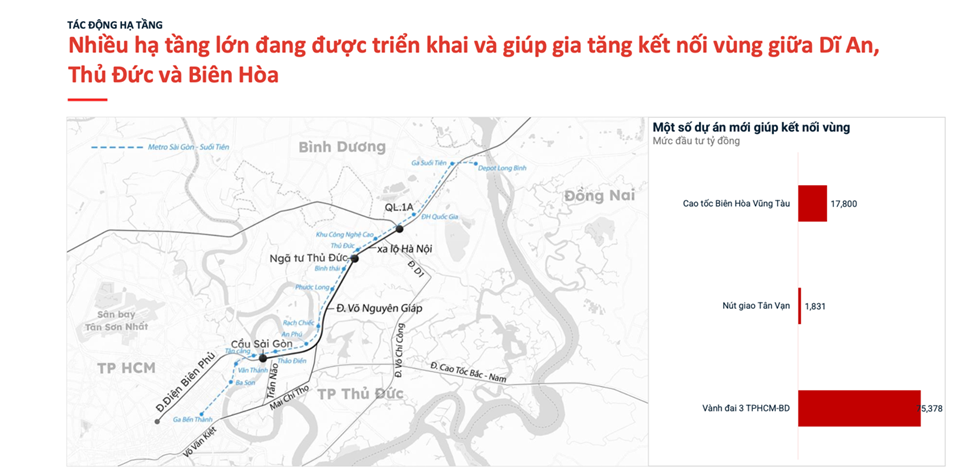
Regional connectivity infrastructure is reshaping the Eastern urban landscape of Ho Chi Minh City. Source: Batdongsan.com.vn
Experts highlight that during market restructuring, areas with tangible infrastructure and connectivity will attract investment, as investors prioritize real utility and long-term price growth potential.
At a recent seminar, Dr. Arch. Ngo Viet Nam Son, an urban planning expert, noted that the newly merged “megacity” of Ho Chi Minh City is being developed as a multi-centered, modern, regionally connected, and sustainable city.
This includes emerging urban hubs such as the Binh Duong industrial center, the Thu Thiem and Thu Duc financial and tech center, the Thi Vai – Cai Mep – Can Gio port complex, and the Can Gio – Vung Tau – Long Hai – Ho Tram coastal tourism corridor. These projects not only drive economic growth but also enhance residents’ quality of life.
Vietnam’s Wealthiest City Commits $440 Million to Upgrade Key Highway Linking Directly to Cambodia
This highway can be expanded to accommodate up to 10 lanes, offering unparalleled capacity for future traffic demands.
Ho Chi Minh City Allocates Nearly $430 Million to Acquire Land from Over 2,000 Households for Vietnam’s Longest Highway Project
Ho Chi Minh City has allocated over VND 9.6 trillion to reclaim land from more than 2,200 households (including over 1,800 fully relocated households) to expand National Highway 1 from Kinh Dương Vương to the Long An border. The project will widen the road to 60 meters, accommodating 10 to 12 lanes of traffic.



